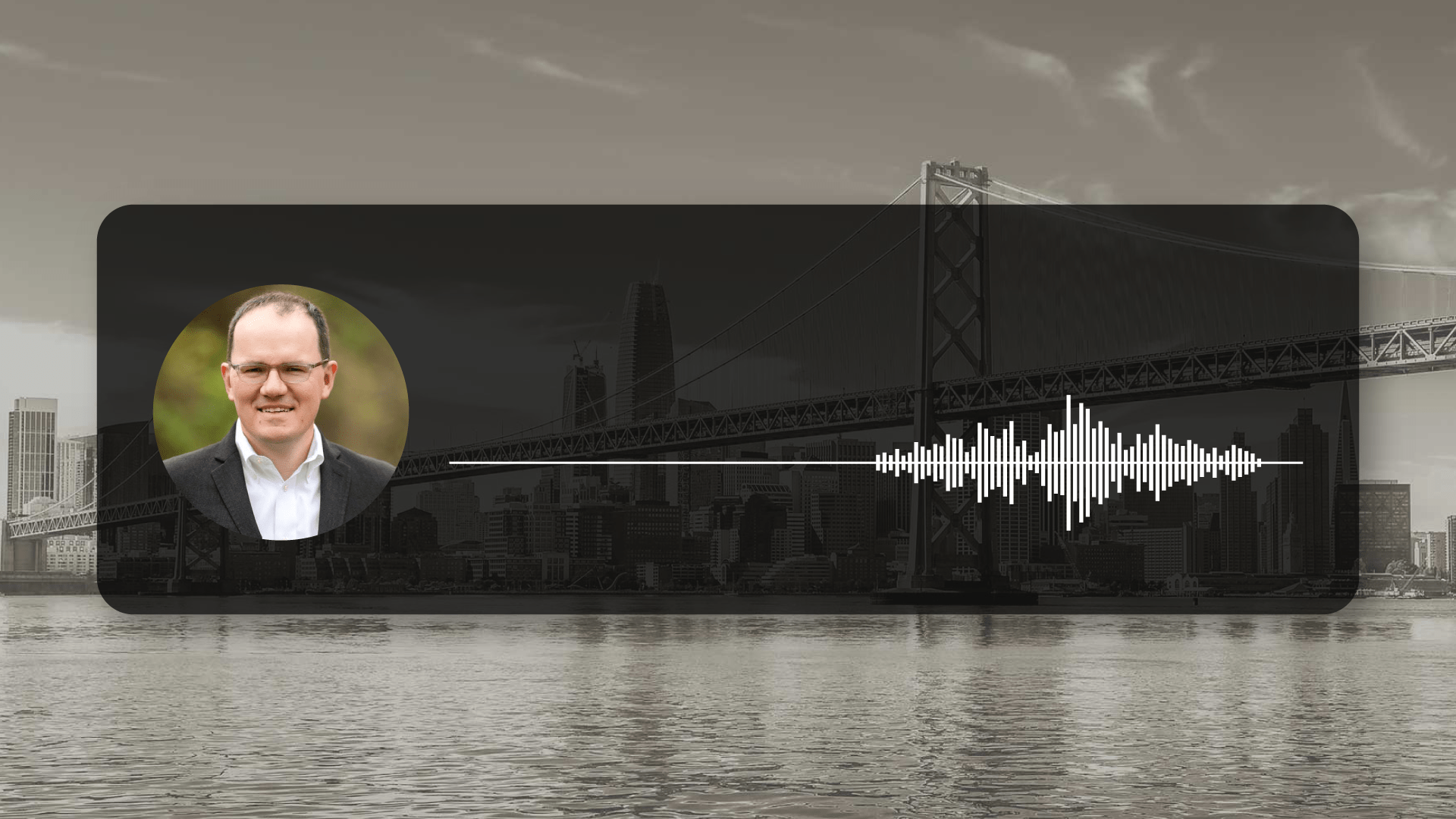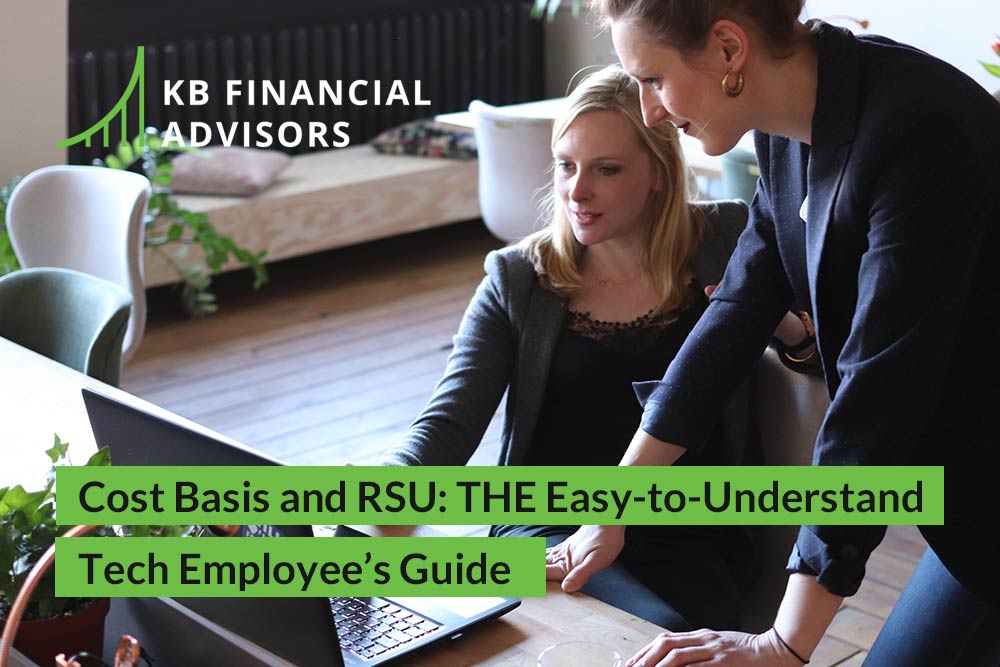Our team was in a weekly meeting last Thursday when I saw the headline “Silicon Valley Bank CEO Tells VC Clients to ‘Stay Calm.” I also saw their stock was down 60%.
I let out an audible “Ohhh crap!”
After apologizing to my colleague, Chelsea, for interrupting her tax season update, I returned to the article to learn that CEO Greg Becker said the bank has “ample liquidity to support our clients with one exception: If everyone is telling each other SVB is in trouble, that would be a challenge.”
Is anyone else getting flashbacks to the scene in Old School where Will Ferrell’s character tells everyone to keep their composure while he so obviously isn’t? Is it just me? Regardless, any time a bank CEO tells stakeholders to stay calm, you can almost bet things won’t end well.
Silicon Valley Bank fumbled this. Big time. For two key reasons:
- They announced a capital raise before they had investors lined up.
- The CEO told clients to “stay calm” — words no bank CEO should utter.
As of December 31, 2022 SVB was the 16th largest bank in the country, and their recent collapse marks one of the greatest bank failures in U.S. history, second to only Washington Mutual.
If you’re a tech employee who isn’t directly impacted by Silicon Valley Bank’s failure, you probably still feel uneasy about it. I have seven essential bits of info for you to learn what went wrong with SVB and the takeaways to apply to your personal financial plan.
7 things all tech employees must know
1. How a bank works
To get the most out of this article, you should familiarize yourself with some of the financial lingo surrounding this news. Ever heard of a bank “borrowing short” and “lending long”? “Borrowing short” refers to deposits. When you deposit money in a bank, you’re lending the institution money and they’re borrowing that money from you with the promise of returning it at any point in time. “Lending long” refers to what the bank does with your money. Your deposited funds don’t just sit untouched — your bank lends them to other parties (think loans and mortgages). These loans usually have fixed terms about things like repayment, meaning banks can’t just ask borrowers to repay loans immediately if the institution is in a pinch.
If and when banks can’t make enough loans with their deposits, they may purchase securities. This is where things went wrong for Silicon Valley Bank. In 2021, they had more deposits than they were able to make loans, so they purchased long-term bonds at a time when interest rates were at historic lows. Those bonds have lost significant value, and in recent weeks, SVB had to sell the bonds for less money than they paid for them — totaling about $2 billion in losses. SVB’s key mistake in their collapse was placing too much money in long-term bonds, then having to eat losses to stay liquid.
Another term to familiarize yourself with is “solvency.” A bank is solvent when its assets (think loans and securities) are worth more than their liabilities (aka their deposits). In other words, if a bank sold all its assets, it would have more dollars to pay out than the deposits it has taken in.
The last piece of financial jargon to understand is “liquidity.” A bank has liquidity when it’s able to cover day-to-day withdrawals. In other words, if an account holder requests a withdrawal, the bank has enough cash on hand to give those depositors their money back.
When in play, these three conditions are markers of a successful bank. As for Silicon Valley Bank, these conditions seemingly don’t ring true. SVB had to sell long-term bonds and eat losses, while failing to keep up with an influx of withdrawals and running out of places to borrow money from. This perfect storm of conditions deems the bank not solvent or liquid, and as a result, the Federal Deposit Insurance Corporation (FDIC) has closed the bank and taken over.
2. It happens, banks fail. Luckily the FDIC has a playbook
This isn’t the FDIC’s first rodeo. Having dealt with bank closures before, the organization has a playbook for these kinds of blunders. The FDIC announced insured depositors should have access to their covered funds by Monday. However, the real issue lies with non-insured depositors (NOTE Recent development: Over the weekend, the FDIC extended coverage to all depositors without limit). Former Fed trader Joseph Wang (aka “Fed Guy”) made a fantastic video examining SVB’s regulatory filings from December, showing the bank had many uninsured deposits.
Over the weekend, we expect one of two things: First is a government matchmaking attempt to merge Silicon Valley Bank with a larger, regional bank which would take full control of SVB’s assets and liabilities. These types of deals tend to happen over the weekend because the halt in withdrawals gives prospective acquirers a clearer picture of a failed bank’s assets and liabilities. The best case scenario here is for the FDIC to find a buyer over the weekend, which would give quick relief to uninsured depositors. If an acquirer isn’t found, the FDIC will be left to resolve the closed bank.
3. Your bank accounts should not exceed FDIC limits
Like I said above, bank closures happen, and SVB unfortunately won’t be the last one. That’s why you should proactively protect your assets.
An easy way to start is by spreading out your cash over multiple accounts at multiple banks, and below FDIC limits. When I advise tech employees, I tell them to keep 10% of their wages (10% of the income on your W-2 form) in cash, or their projected tax bill. Any time you exceed the $250,000 limit for an individual account or $500,000 for a joint account, you’ll want to spread that cash over multiple banks. Since interest rates have recently increased, I recommend utilizing high-yield savings accounts to spread your assets. Many banks are currently paying more than 3% on money kept in high-yield savings accounts.
It may seem overcautious but ensuring your money stays within FDIC limits prevents you from dealing with uncertainty or resolution delays should your bank shutter.
4. Keep your assets at multiple custodians
Your investments are insured by Securities Investor Protection Corporation (SIPC), whose protections differ from FDIC insurance. Once your investments reach a certain dollar amount, you probably should keep your assets at more than one custodian. A custodian is the place in which you keep your investments (think Vanguard, Schwab, or Fidelity). Based on the clients I’ve worked with, $10 million in assets is usually the point at which I recommend they use multiple custodians. Even if your investments exceed the SIPC limit, it’s a good idea to err on the side of caution and have multiple custodians, because you never know when a freak event might strike and block access to your assets.
5. Make survival your #1 financial priority
Sometimes my clients come to me with high-risk ideas that, if they fail, could hinder their financial plan. Although wishful thinking seems harmless, it’s not a smart financial strategy. One of the biggest mistakes I see clients make is discounting the prospect of a catastrophic event happening to them and devastating their finances.
Past performance may indicate future performance most of the time, but that’s not a sure-fire approach to keeping your financial plan viable. The chart below demonstrates how drastically circumstances can change over time by outlining the federal funds rate from Silicon Valley Bank’s inception in 1983, through 2022:
As you can see, the federal funds rate consistently trended downward throughout SVB’s history. In retrospect, 2022 was a black swan event for the bank. Many of SVB’s decisions were made based on the assumption that:
- Interest rates would stay low, or
- They had enough liquidity to weather losses on the bonds, or
- VC activity and IPOs would remain active
What SVB couldn’t see prior to 2022 was the possibility of the fastest, most drastic rate increases taking place, alongside a complete halt in VC activity and IPOs. The total amount of money 2022 IPOs raised was $7 billion, the lowest number we’ve seen since 1990, a time when the economy was significantly smaller.
Although it seemed impossible, the curve balls that hit Silicon Valley Bank in 2022 created the perfect storm that ultimately led to its demise.
What does survival mean to you? When I discuss survival in your financial plan, I’m not talking about you being unable to make ends meet or unable to stay alive; To me, survival is about not having to sell assets at depressed prices to generate cash and pay bills. That’s precisely what SVB failed to prevent when they sold their bonds at a loss, and it’s precisely what you should avoid for your personal financial plan. When the market goes down — and it will — you must be able to ride it out and avoid eating losses in your portfolio.
Ensuring survival in your financial plan starts with an emergency reserve. You must be prepared to ride out downturns to avoid turning unrealized losses into realized losses. Whatever cash you’re keeping on hand (see point #3), double the amount and keep it in your emergency reserve. We take extra measures to ensure our clients’ financial plans survive by making the fixed income (or bond) version of their portfolios almost entirely short term, meaning five years or less. We do this to avoid having losses in the bond portion of the portfolio in case we need to sell that portion to protect the stock portion of the portfolio, which is more volatile.
6. Steer clear of “risk-stacking” in your decision making
In the same way my clients like to think catastrophic events won’t happen to them, they also like to place too much emphasis on their assumed version of the future. This phenomenon inspired me to coin the term “risk-stacking.”
My risk-stacking clients — often software engineers — usually come to me with a series of seemingly disparate decisions, each of which seems disconnected from the others at first glance. However, the common thread between these decisions is the requirement for their very particular, imagined future to pan out. When the future turns out differently than they expect, only then would they realize they have a substantial amount of related risk across their decisions, creating a domino effect of blunders.
I don’t know how exactly risk-stacking will go wrong based on each client’s unique decisions, but what I can say is it will go wrong. Stacking risk is a beautiful way to lose a lot of money.
Acknowledge black swan events and the fact that the future is unknown, because the one thing we can be certain about the future is that we don’t know what’ll happen. So instead of risk-stacking, you should keep enough cash, fund your emergency reserve, and build a career replacement portfolio (a portfolio with a safe withdrawal rate that matches your salary).
7. Work with a skilled advisor
The right financial advisor has your best interest in mind and helps you get through tumultuous times. As an advisor, I help my clients make better choices than they would make without me. Just in the last six months, I’ve had a bunch of new clients who in the crazy up times of 2021 and the crazy down times of 2022, made choices that cost them ten times what my annual fee would’ve been.
When stressful events like SVB’s collapse or a mistake on your tax return occur, they may scare you or make you uneasy. That’s when you can lean on an advisor who isn’t fazed by those happenings, and who’s weirdly energized by them. For instance, I decided to become a financial advisor in September 2008, which was a scary time for all of us. When a client has a crisis or a black swan event in their life, it’s usually their first time experiencing anything like that and they’re terrified. For financial advisors like myself, we’ve dealt with enough high-stakes financial dilemmas to know what you need to do and we’ll help you get through it. We know you’re going to be okay, even if you’re completely scared in the thick of it.
Another reason you want to work with a good advisor is that staying wealthy requires a much different skill set than becoming wealthy.
Financial independence through cash, an emergency reserve, and a career replacement portfolio — that’s what a skilled financial advisor can do for you.
So, what does the future hold?
You’re probably wondering where everything’s going now that SVB has collapsed. A big concern I’ve heard others bring up is the possibility of reliving the 2008 financial crisis. No one knows what may happen but I don’t think we’re on the verge of the next great financial crisis. However, it wouldn’t surprise me if SVB is the first of a few bank failures.
As it relates to the tech world, the next positive economic signal I’m looking for is a slowdown in layoffs. This past year, I’ve been more concerned about the pace of layoffs (I’m keeping track of them on layoffs.fyi) and how they’re impacting my clients than I am about Silicon Valley Bank failing and what that means for the economy as a whole.
Like I mentioned earlier, no one knows for certain what the future holds, but you can count on KB Financial Advisors to help you set yourself up for financial success.
Book a call today to talk to myself or another expert on our team about being financially proactive.





